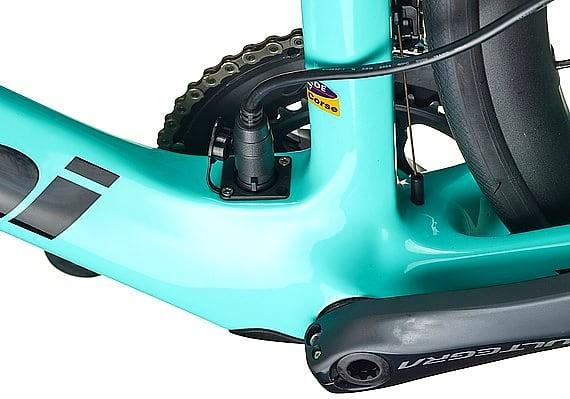Table of Contents
E-bikes are an excellent mode of transportation in town. They are environmentally friendly, efficient, and simple to operate. E-bikes, on the other hand, run on batteries and must be recharged on a regular basis.
You’re in luck if you own a motorhome because you can charge your e-bike batteries while on the road. In this article, we will walk you through the process of charging your e-bike batteries with your motorhome.
Understanding Electric Bike Batteries
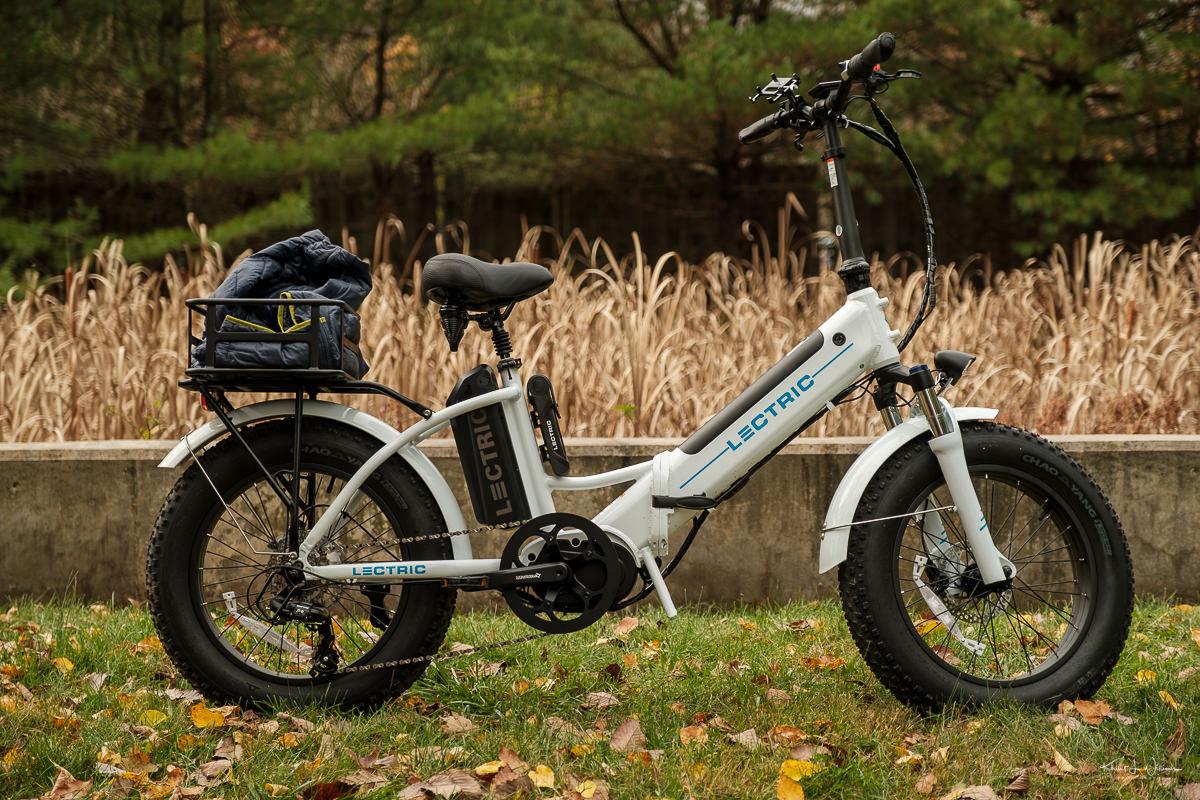
Before we get into the specifics of charging your e-bike battery, it’s important to understand the various types of e-bike batteries.
- Lead-Acid Batteries: These are the most uncommon type of e-bike battery. They are large, bulky, and have a limited lifespan.
- Nickel-Cadmium (NiCad) Batteries: NiCad batteries are slightly lighter and have a longer lifespan than lead-acid batteries. They are, however, less energy-efficient and may lose their charge over time.
- Lithium-Ion (Li-Ion) Batteries: The most common type of e-bike battery is lithium-ion. They are lighter, use less energy, and have a longer lifespan. They also come in a variety of sizes and shapes.
- Range and battery capacity are determined by the voltage, amp-hours (Ah), and watt-hours of the battery (Wh). The battery’s capacity to store energy increases with voltage and Ah, which also extends the e-range.
What is the difference between a leisure battery and a car battery?
A leisure battery and a car battery are both types of lead-acid batteries, but they are designed for different purposes.
A car battery is intended to provide a brief burst of high energy in order to start the engine. It has thin plates and a large surface area, allowing it to discharge quickly and provide high starting currents. The alternator takes over and recharges the battery once the engine is running.
A leisure battery, on the other hand, is intended to deliver a lower but more consistent level of power over a longer period of time. It has thicker plates and a smaller surface area, allowing it to discharge more slowly and consistently deliver power. When there is no external power source available, leisure batteries are commonly used in boats, caravans, and motorhomes to power appliances such as lights, refrigerators, and televisions.
Getting Ready for Charging
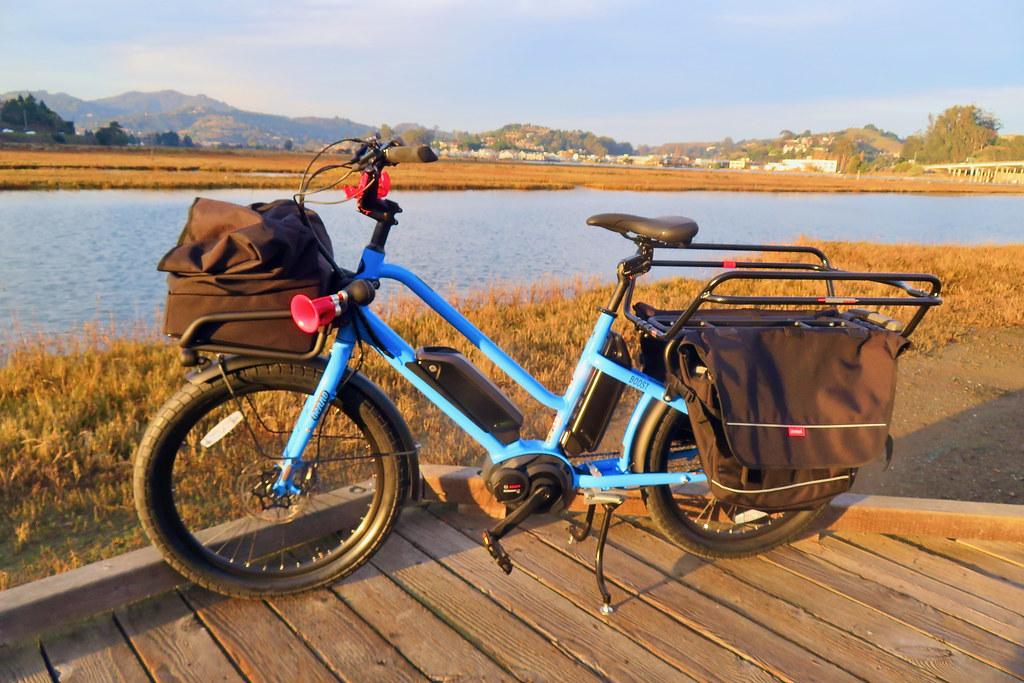
Before you begin using your motorhome to charge your e-bike battery, get ready by doing the following.
- Select the Proper Charger: The charger should be compatible with your e-bike battery as well as the voltage of your motorhome’s electrical system.
- Examine Voltage Compatibility: Examine the voltage compatibility of your e-bike battery and the electrical system of your motorhome.
- Identify the Charging Port: Locate your e-charging bike’s port. It’s usually near the battery, and you can either use the charging cable that came with your e-bike or buy a compatible one.
- Precautions: Before charging, turn off the e-bike and check that the charging cable is not frayed or damaged.
Steps to Charge Your E-Bike Battery with Your Motorhome
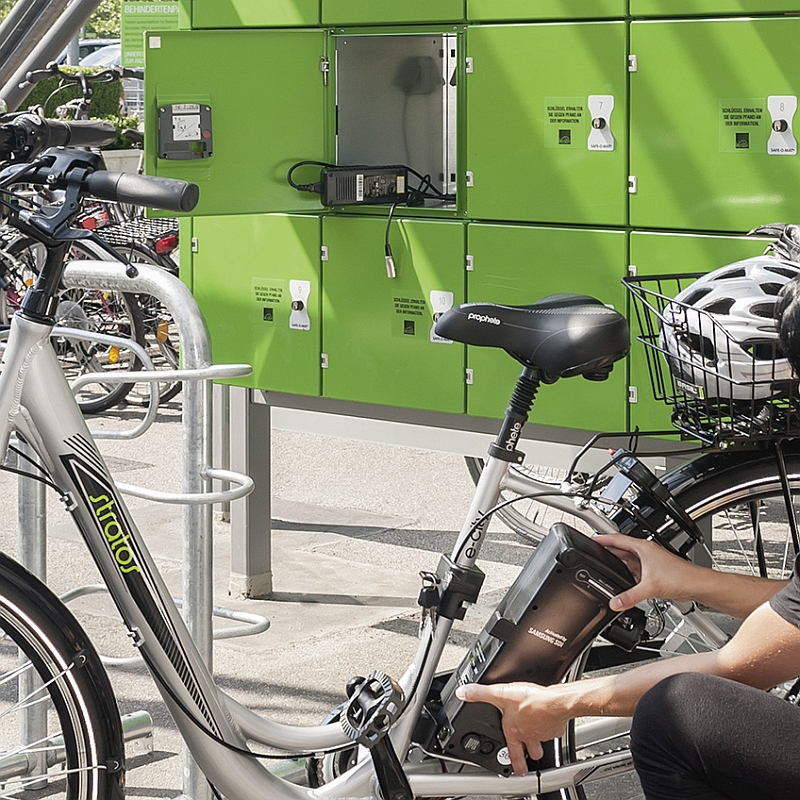
Step 1: Connect the Charging Cable to the Motorhome
The first step is to connect the charging cable to your motorhome. Locate the 12-volt outlet that is placed for various motorhome amenities and plug the charger. Make sure that the outlet is working correctly and that it is providing power to the charger.
Connect the charging cable to the charging port on the e-bike. Check that the cable is securely connected to the charging port.
Step 3: Turn On the Charging Source
Turn on the charging source after connecting the charging cable to both the motorhome and the e-bike. The charging source will begin charging the battery. The charging time is determined by the capacity of the battery and the power output of the charging source.
Step 4: Monitor the Charging Process
It is important to track the charging process to avoid overcharging, which can damage the battery. Most e-bike batteries include a charging indicator light that turns green when the battery is fully charged. If your e-bike battery lacks an indicator light, you can measure the voltage with a multimeter. Unplug the charging cable once the voltage has reached the recommended level.
Step 5: Disconnect the continue charging cable
Once the battery is fully charged, disconnect the charging cable from the e-bike and the motorhome. Store the cable in a dry and cool place to prevent damage.
Tips for Optimizing E-Bike Battery Life
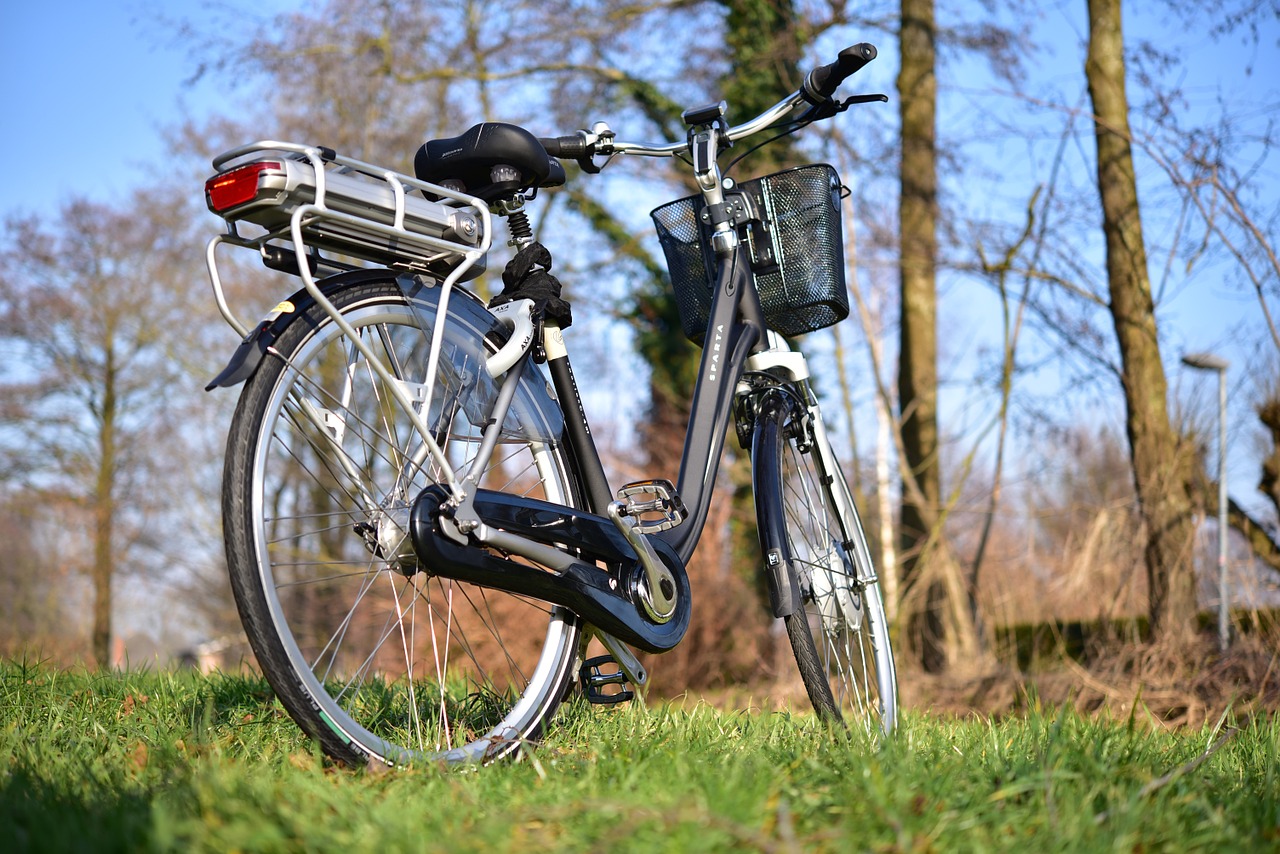
- Charge the Battery on a Regular Basis: It is critical to charge your e-bike battery on a regular basis, even if you are not using it. A fully charged battery outlasts a partially charged battery.
- When not in use, store the battery in a dry and cool location away from direct sunlight and extreme temperatures. High temperatures should be avoided as they can cause the battery to overheat and shorten its lifespan.
- Overcharging should be avoided because it can damage the battery and shorten its lifespan. To avoid overcharging, unplug the battery once it has been fully charged or set a timer.
- Use the Proper Charger: Always use a charger that is compatible with your e-bike battery as well as the voltage of your motorhome’s electrical system.
- Monitoring the Charging Process: Keep an eye on the charging process to avoid overcharging and to ensure that the battery is charging properly.
- Protect the Charging Port: When not in use, keep the charging port covered to prevent dust and dirt buildup.
- Avoid Extreme Temperatures: Extreme temperatures can cause battery damage. High temperatures should be avoided as they can cause the battery to overheat and shorten its lifespan. Similarly, exposing the battery to freezing temperatures can harm it.
Conclusion
Charging your e-bike batteries with your motorhome is a quick and easy way to keep your e-bike running. You can easily charge your e-bike batteries while travelling in your motorhome with the right equipment and safety precautions.
To avoid overcharging, choose the correct charger, check the voltage compatibility, and monitor the charging process. By following these tips, you can extend the life of your e-battery bikes and enjoy longer rides on the road.

